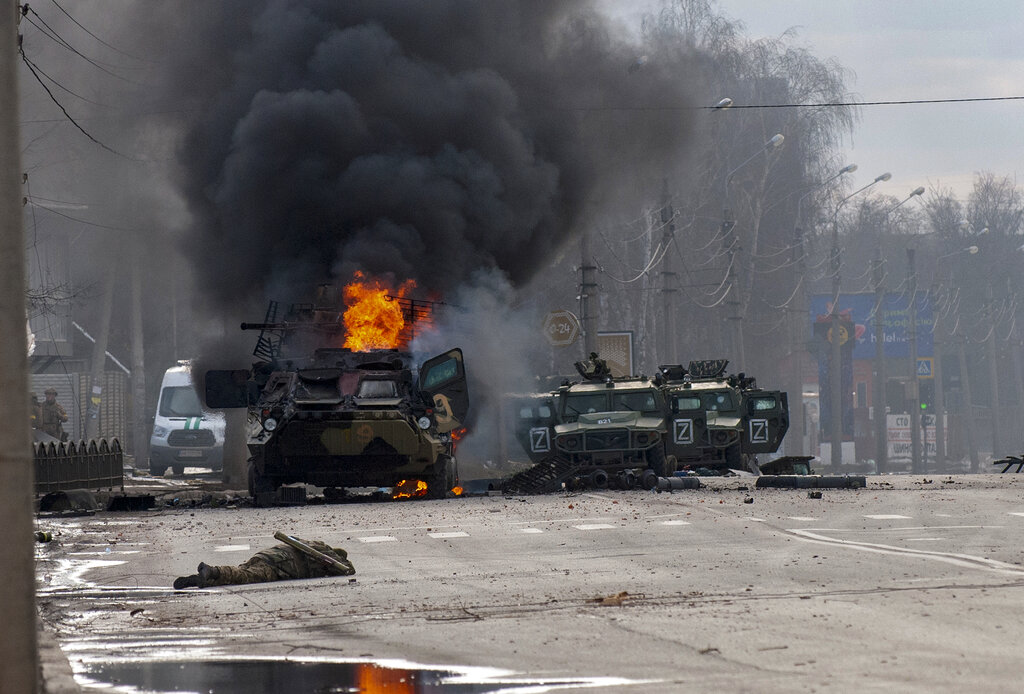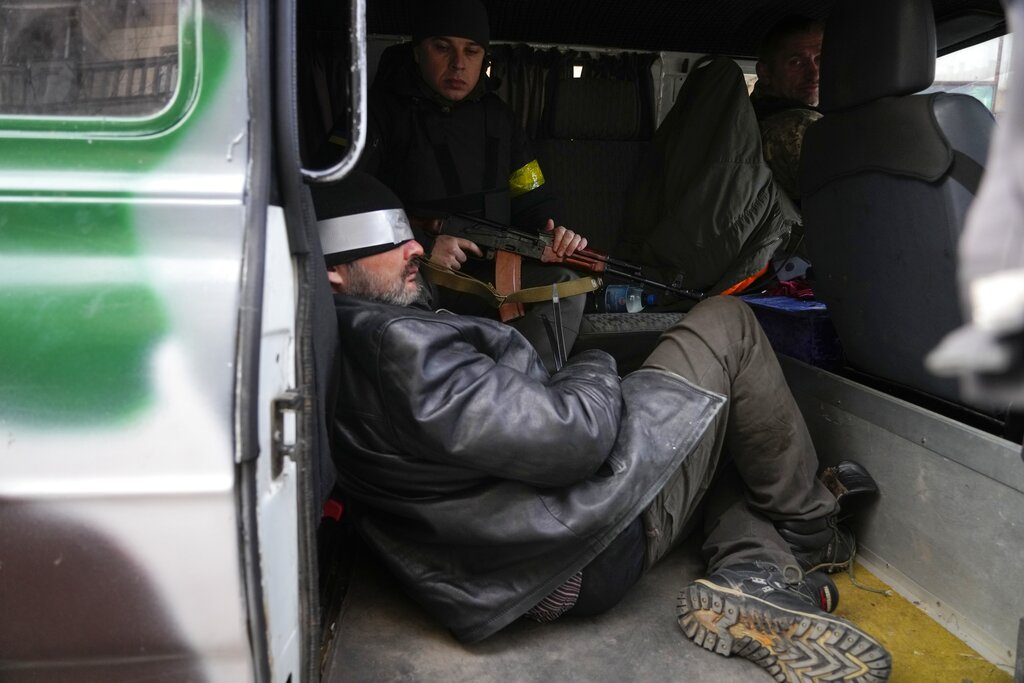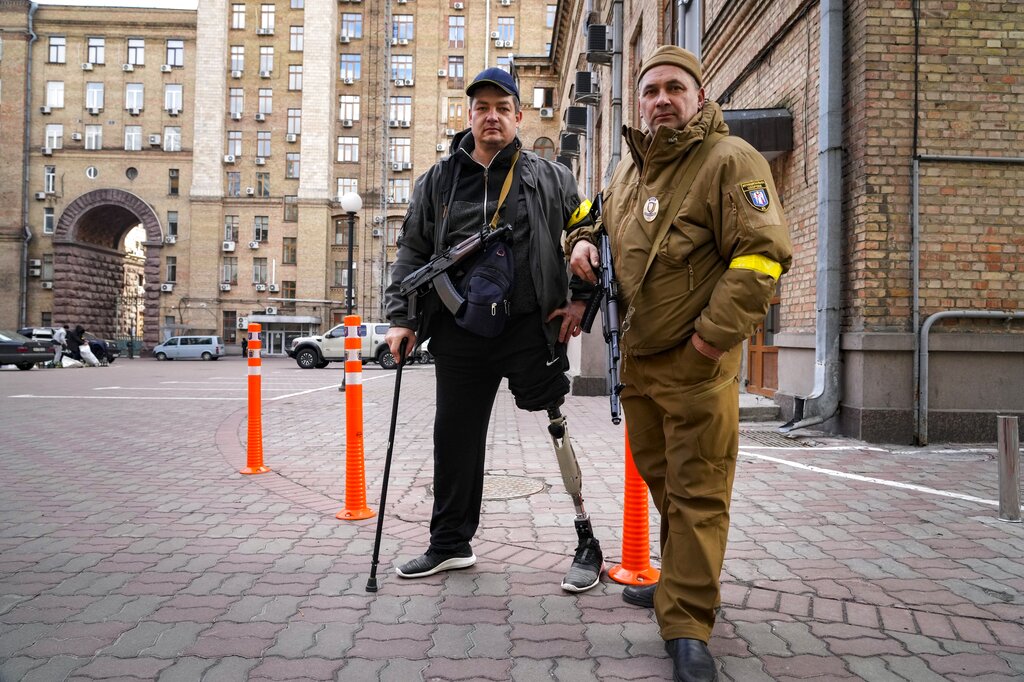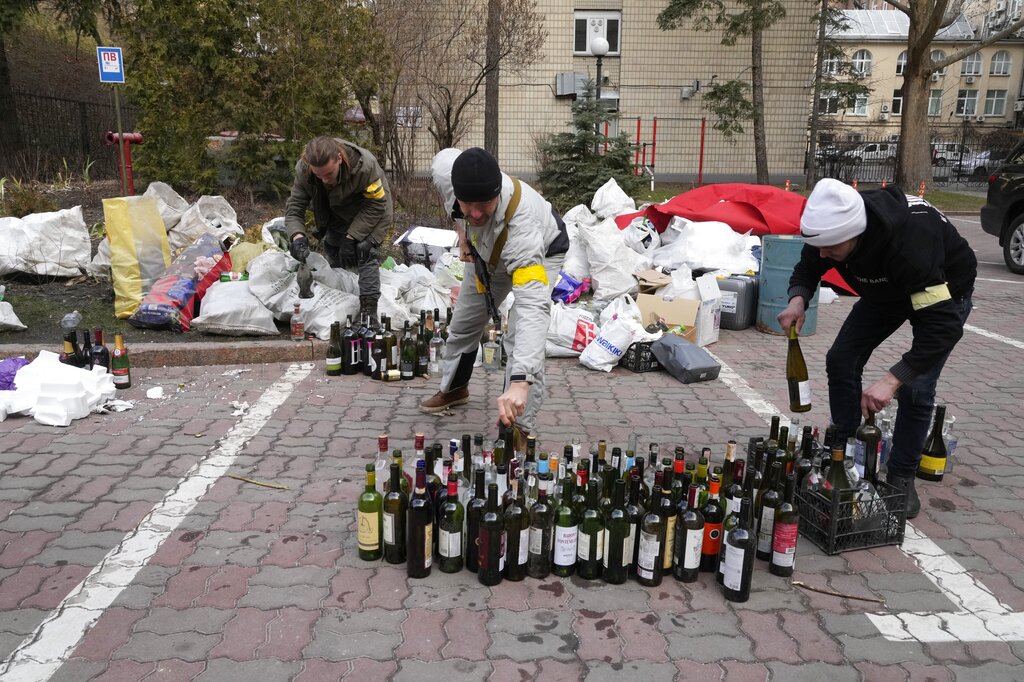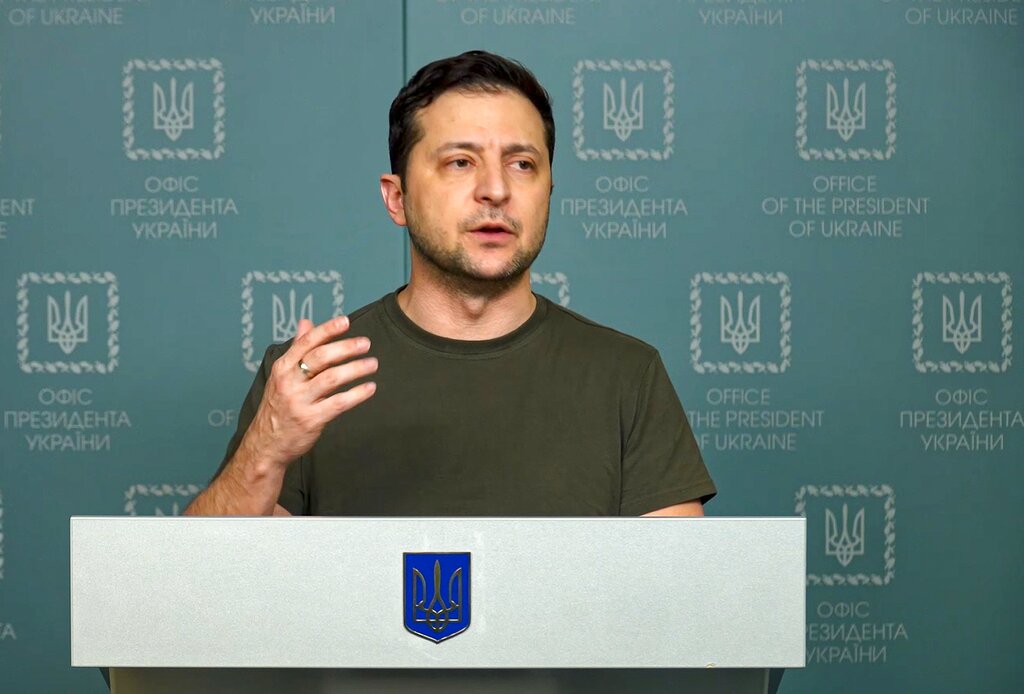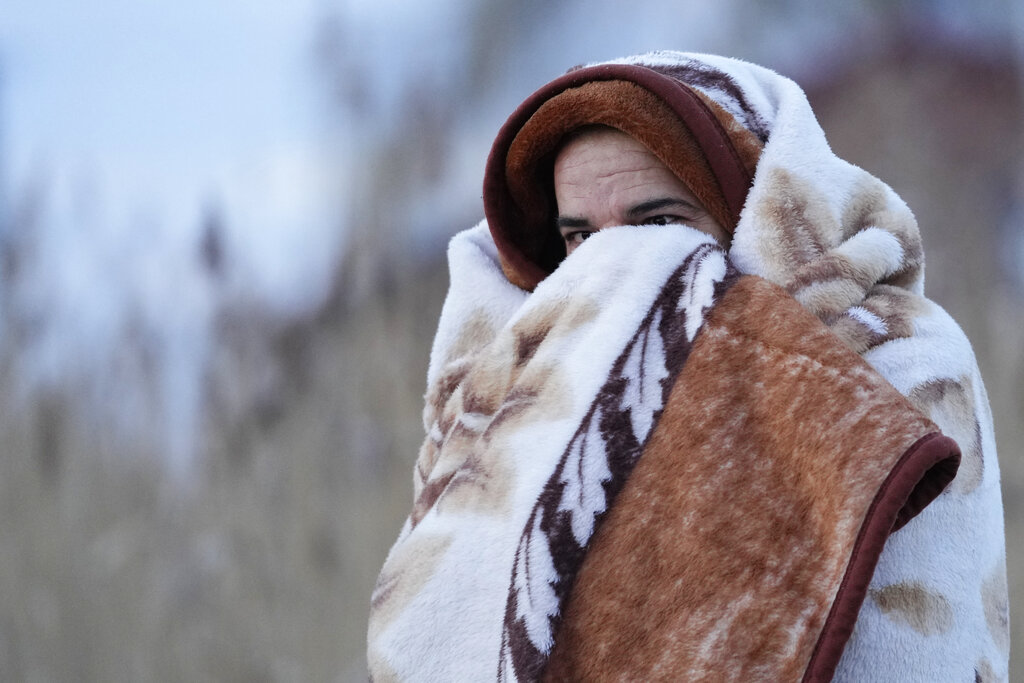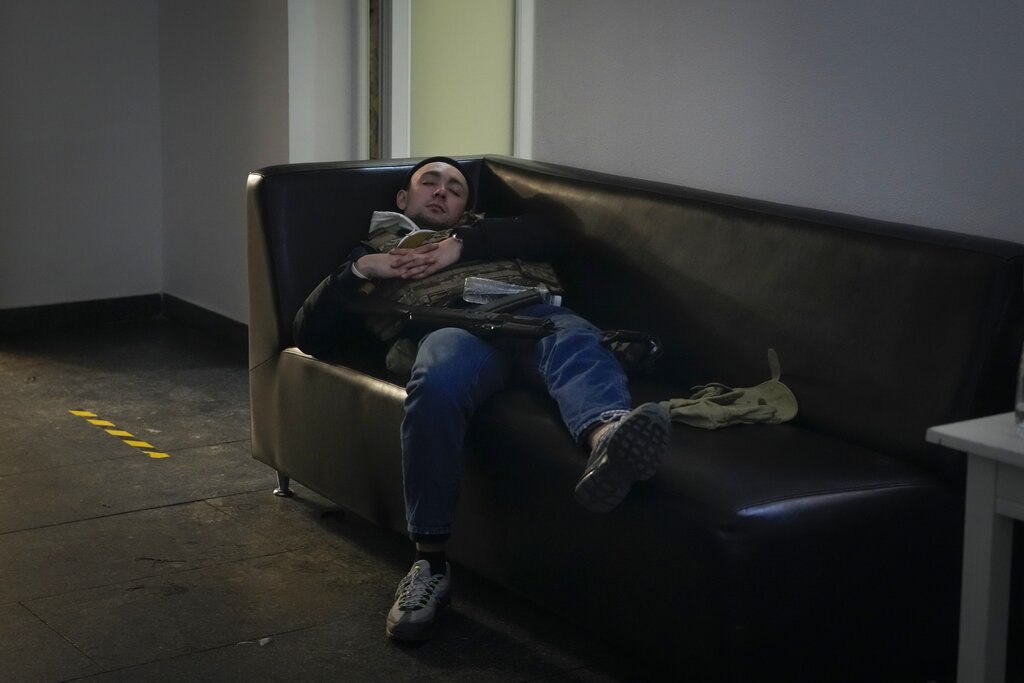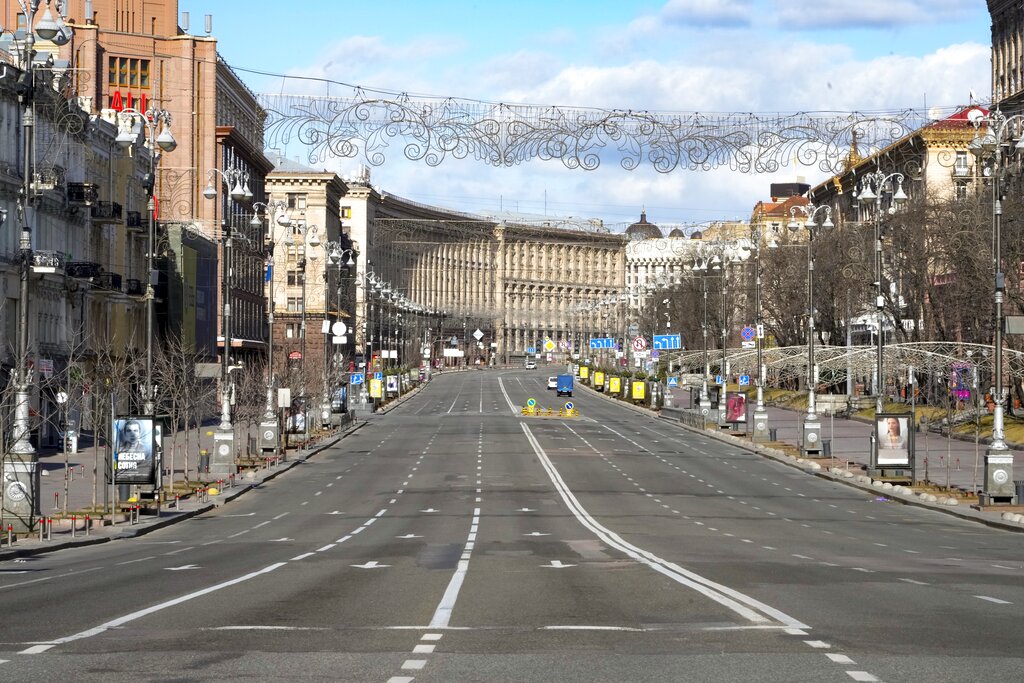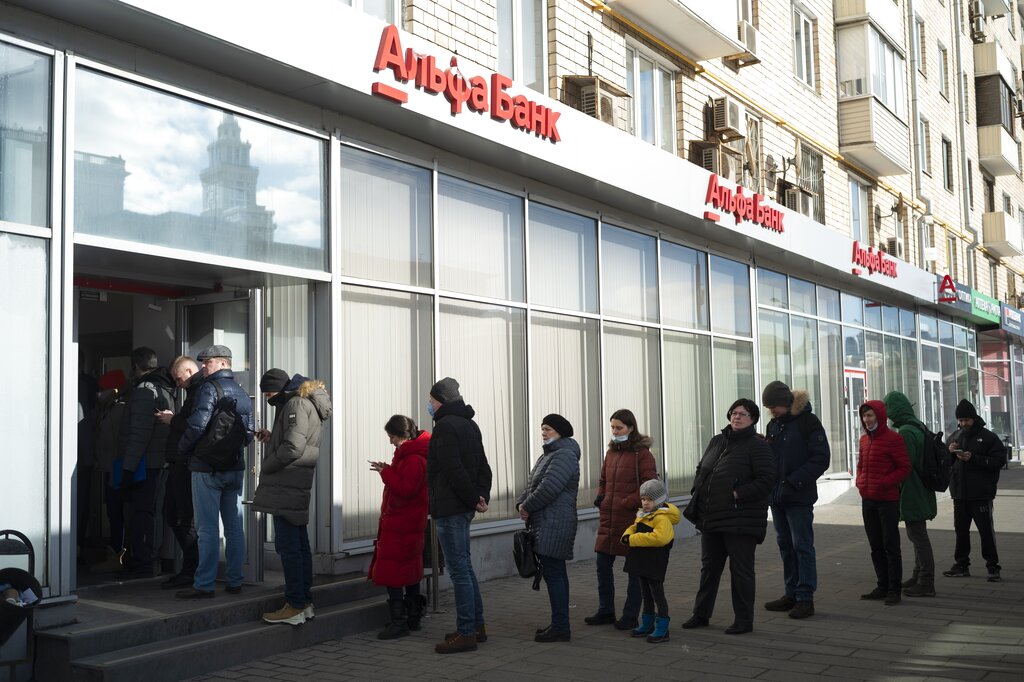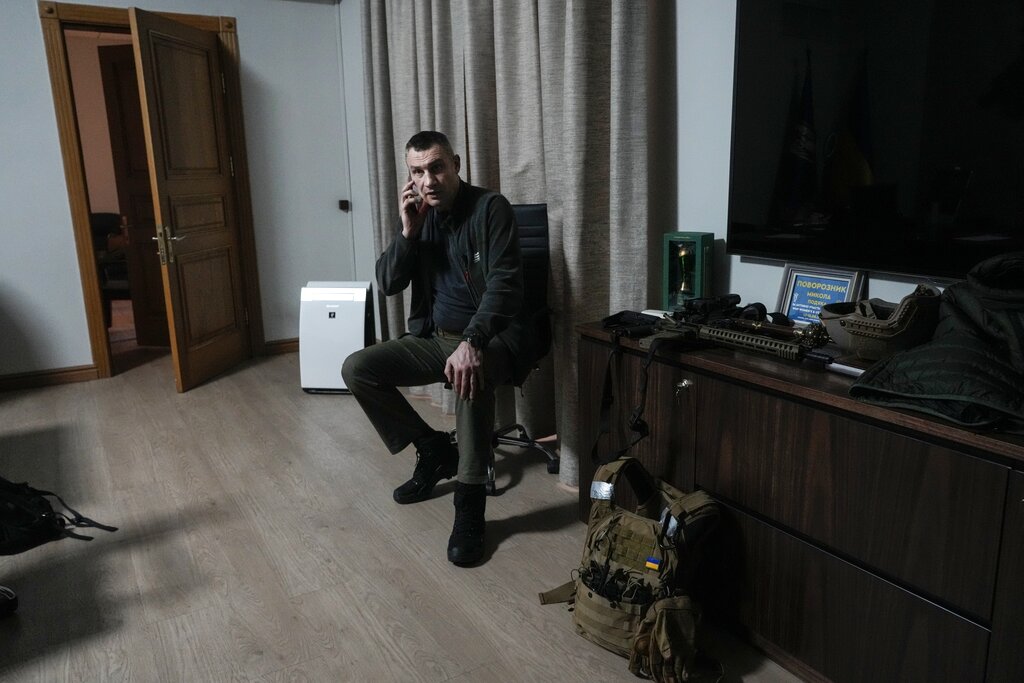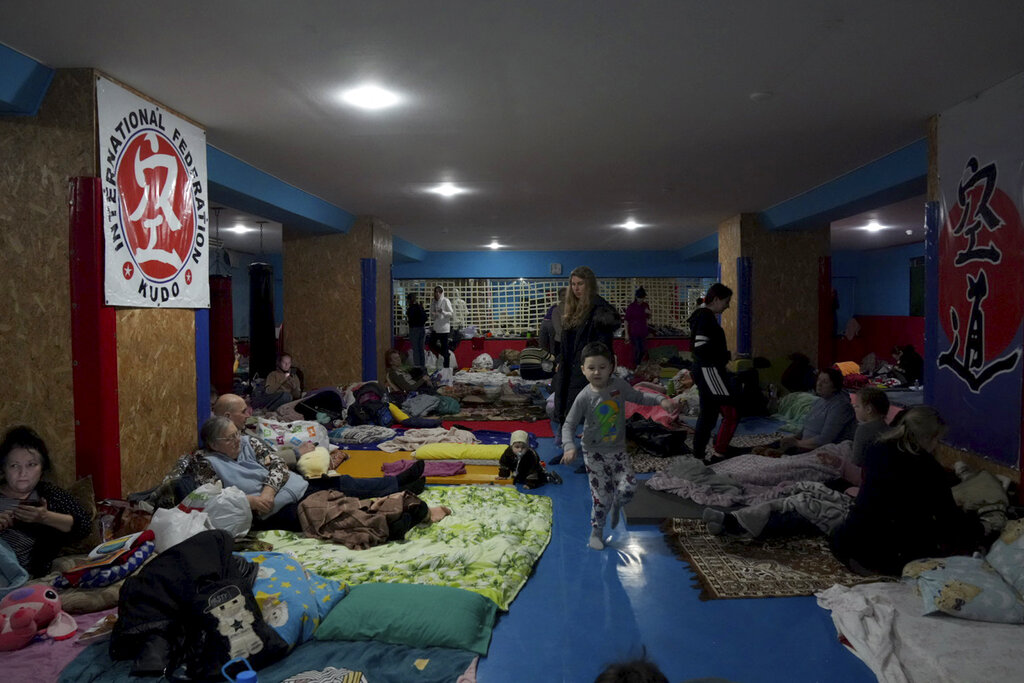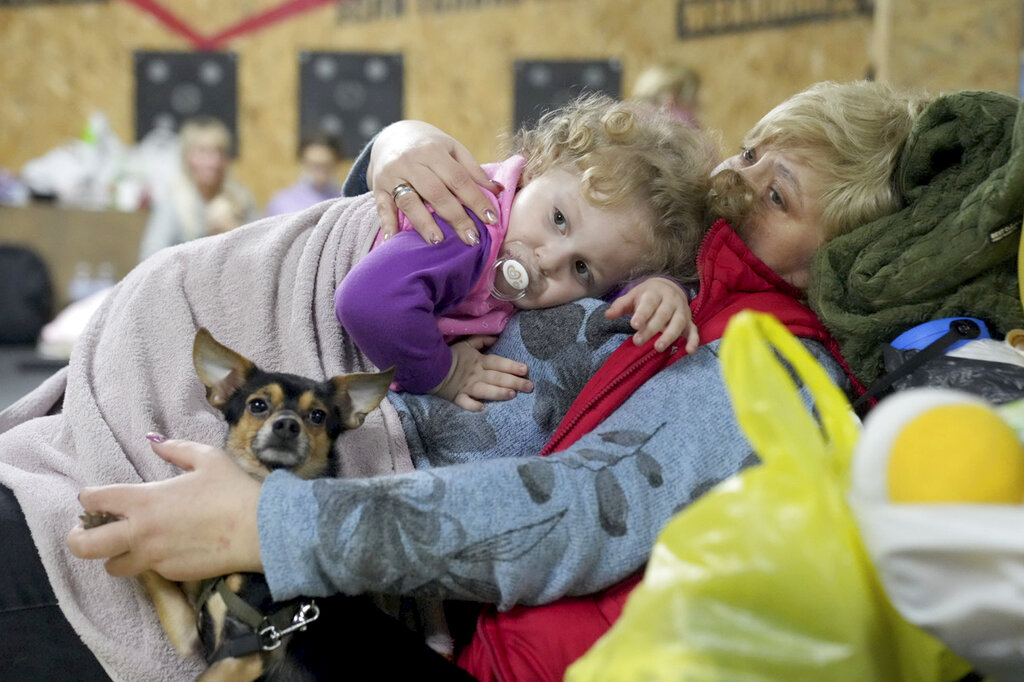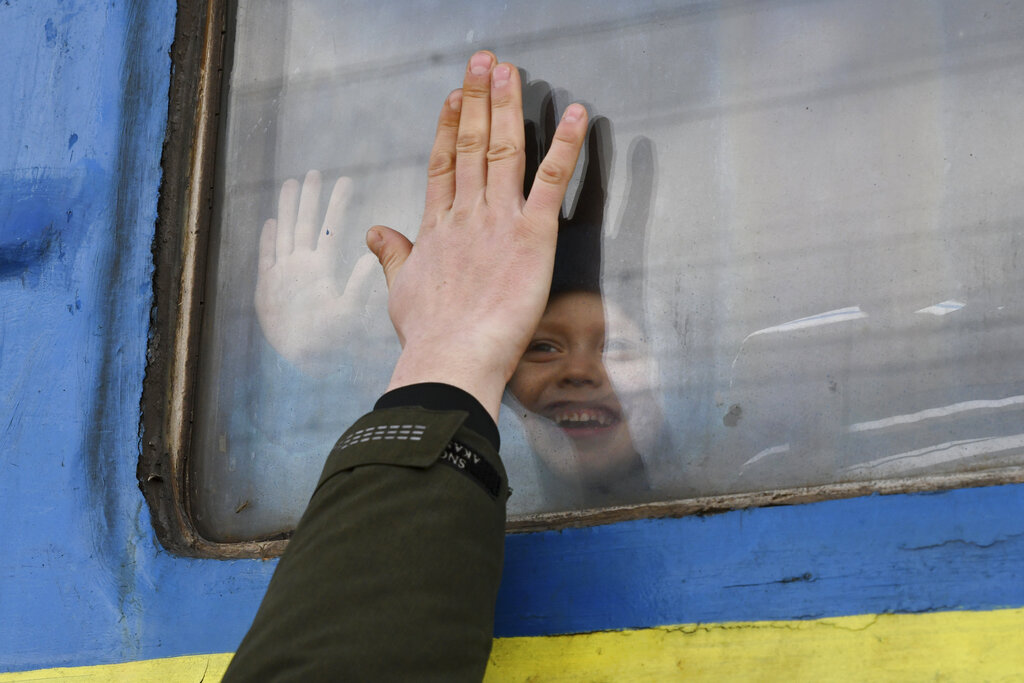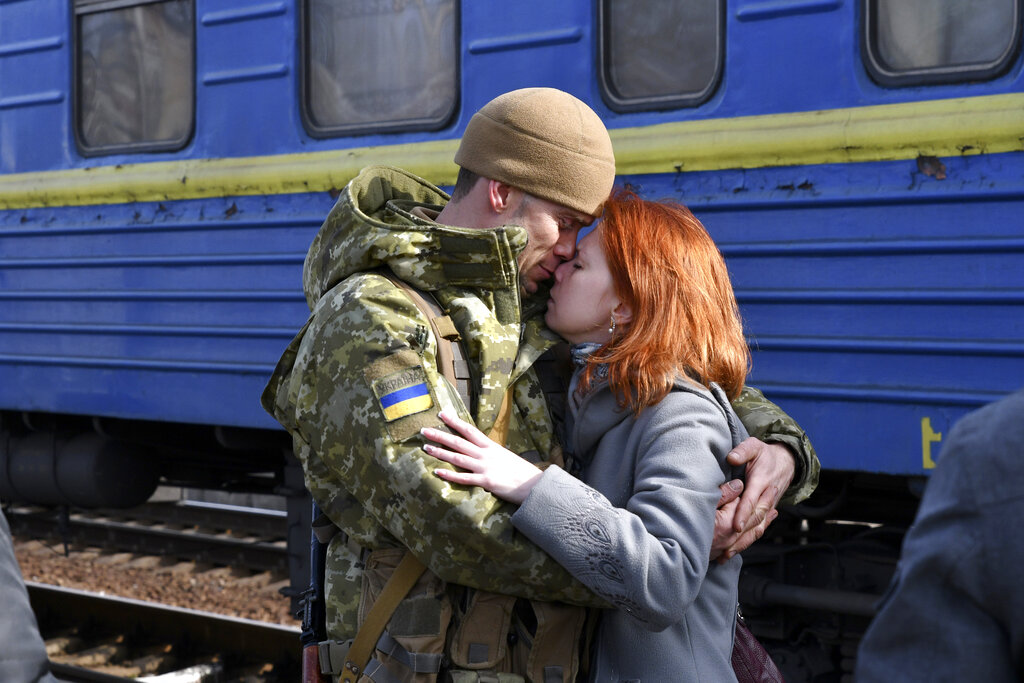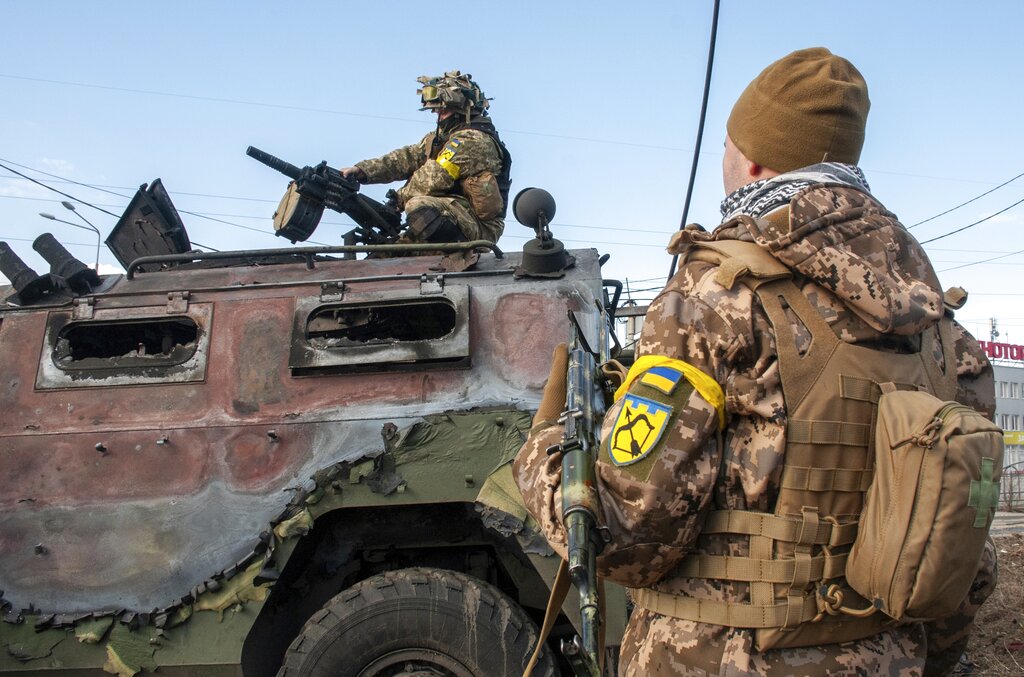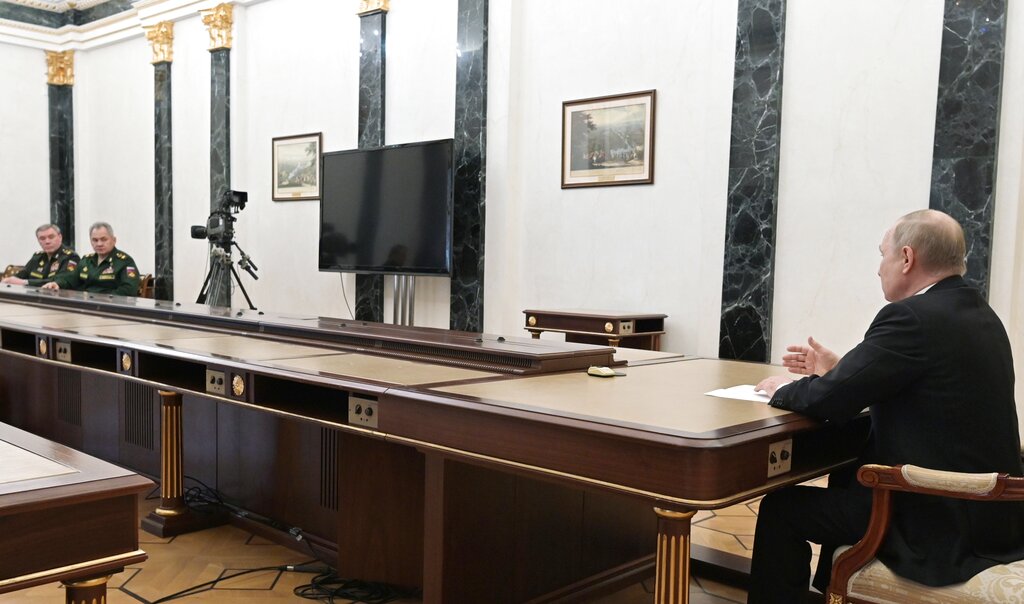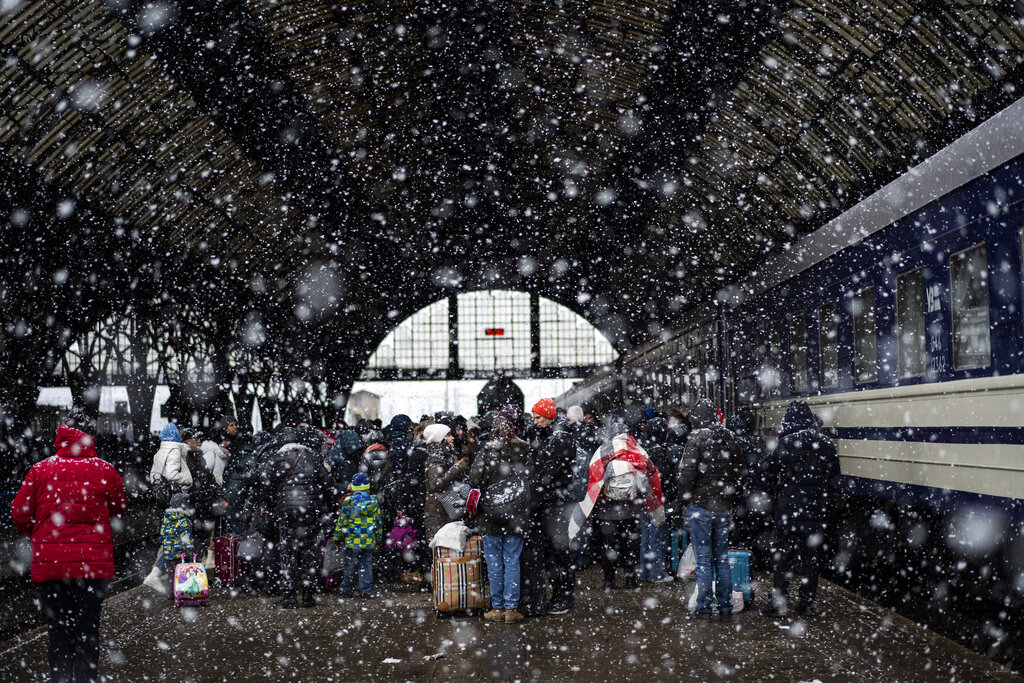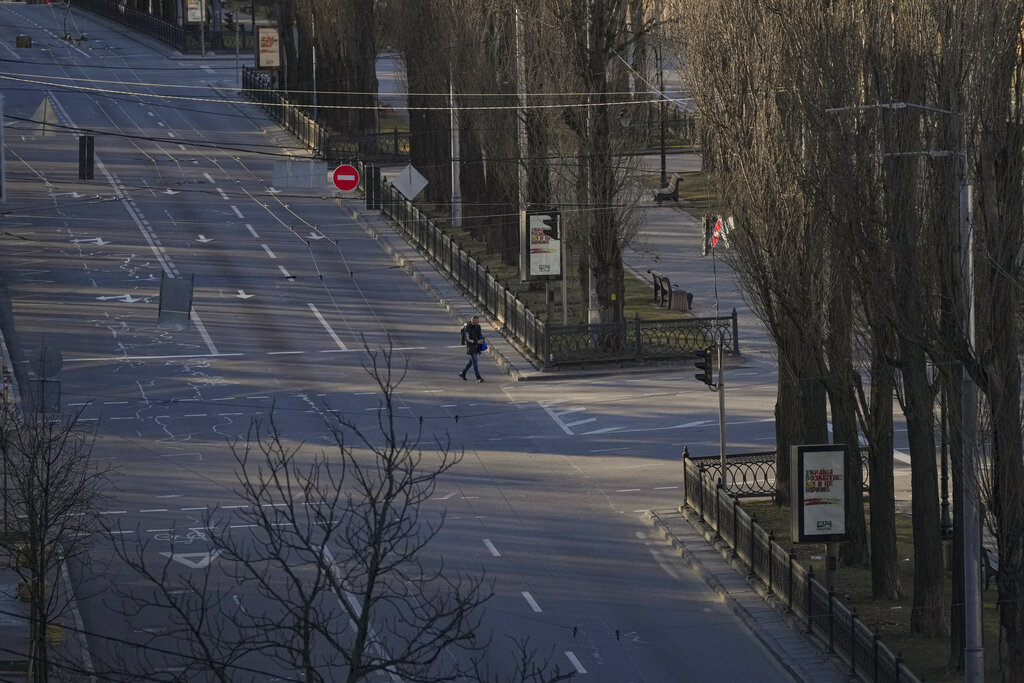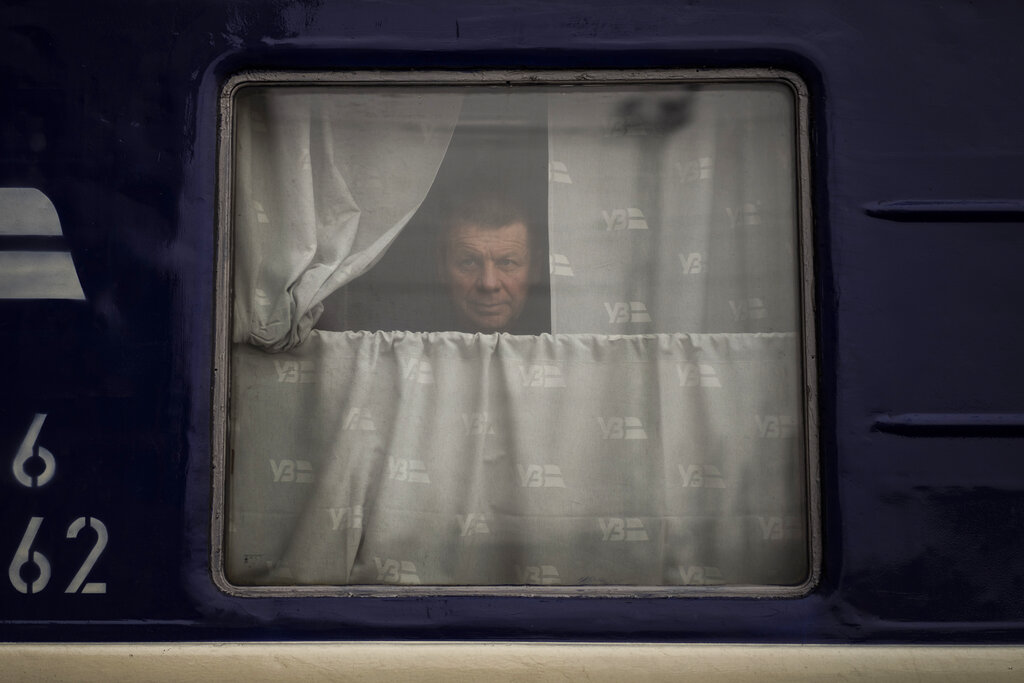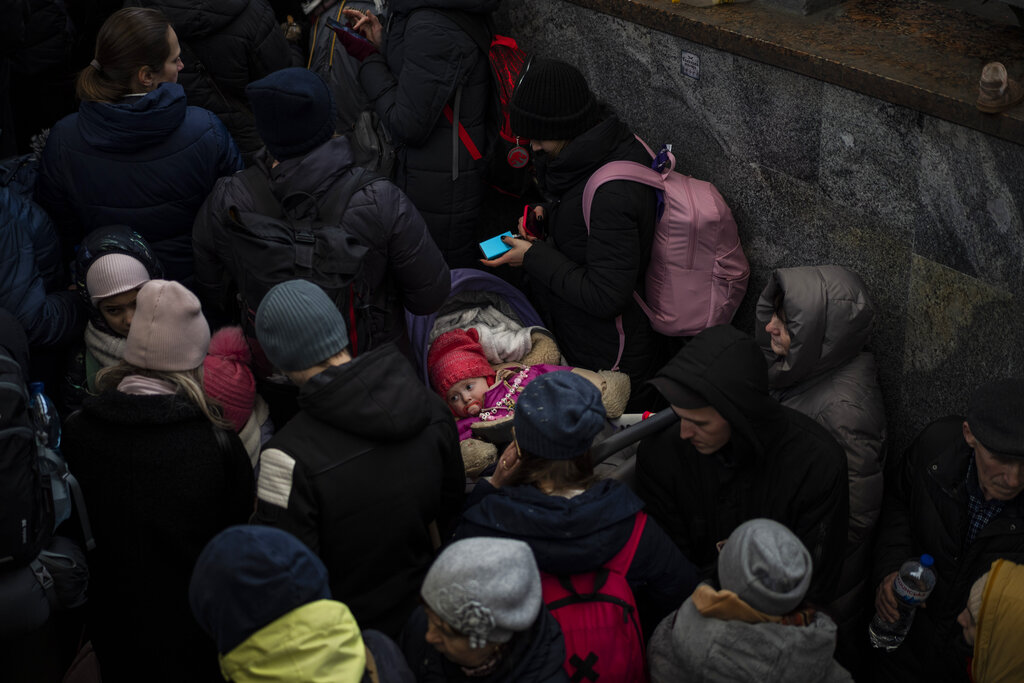KYIV, Ukraine (AP) — In a dramatic escalation of East-West tensions over Russia’s invasion of Ukraine, President Vladimir Putin ordered Russian nuclear forces put on high alert Sunday in response to what he called “aggressive statements” by leading NATO powers.
The directive to put Russia’s nuclear weapons in an increased state of readiness for launch raised fears that the crisis could boil over into nuclear warfare, whether by design or mistake.
Putin’s step is “potentially putting in play forces that, if there’s a miscalculation, could make things much, much more dangerous,” said a senior U.S. defense official, speaking on condition of anonymity.
Amid the mounting tensions, Ukraine announced that a delegation from the country had agreed to meet with Russian officials for talks. But the Kremlin’s ultimate aims in Ukraine — and what steps might be enough to satisfy Moscow — remained unclear.
The fast-moving developments came as scattered fighting was reported in Kyiv, battles broke out in Ukraine’s second-largest city, Kharkiv, and strategic ports in the country’s south came under assault from Russian forces.
With Russian troops closing in around Kyiv, a city of almost 3 million, the mayor of the capital expressed doubt civilians could be evacuated.
Across the country, Ukrainian defenders were putting up stiff resistance that appeared to slow Russia’s advance.
“I wish I had never lived to see this,” said Faina Bystritska, 87, a Jewish survivor of World War II. She said sirens blare almost constantly in her embattled hometown, Chernihiv, about about 150 kilometers (90 miles) from Kyiv.
Chernihiv residents have been told not to switch on any lights “so we don’t draw their attention,” said Bystritska, who has been living in a hallway, away from windows, the better to protect herself.
“The window glass constantly shakes, and there is this constant thundering noise,” she said.
Meanwhile, the top official in the European Union outlined plans by the 27-nation bloc to close its airspace to Russian airlines and fund the purchase of weapons for Ukraine.
“For the first time ever, the European Union will finance the purchase and delivery of weapons and other equipment to a country that is under attack,” said European Commission President Ursula von der Leyen. The EU will also ban some pro-Kremlin media outlets, she said.
Putin, in giving the nuclear alert directive, cited not only statements by NATO members — who have rushed to reinforce the military alliance’s members in Eastern Europe — but the hard-hitting financial sanctions imposed by the West against Russia, including Putin himself.
Speaking at a meeting with his top officials, Putin told his defense minister and the chief of the military’s General Staff to put nuclear forces in a “special regime of combat duty.”
“Western countries aren’t only taking unfriendly actions against our country in the economic sphere, but top officials from leading NATO members made aggressive statements regarding our country,” Putin said in televised comments.
U.S. defense officials would not disclose their current nuclear alert level except to say that the military is prepared all times to defend its homeland and allies.
White House press secretary Jen Psaki told ABC that Putin is resorting to a pattern he used in the weeks before the invasion, “which is to manufacture threats that don’t exist in order to justify further aggression.”
The practical meaning of Putin’s order was not immediately clear. Russia and the United States typically have land- and submarine-based nuclear forces on alert and prepared for combat at all times, but nuclear-capable bombers and other aircraft are not.
If Putin is arming or otherwise raising the nuclear combat readiness of his bombers, or if he is ordering more ballistic missile submarines to sea, then the United States might feel compelled to respond in kind, said Hans Kristensen, a nuclear analyst at the Federation of American Scientists. That would mark a worrisome escalation, he said.
Around the same time as Putin’s nuclear move, Ukrainian President Volodymyr Zelenskyy’s office announced that the two sides would meet at an unspecified location on the Belarusian border. The statement did not give a precise time for the meeting.
Earlier Sunday, Kyiv was eerily quiet after huge explosions lit up the morning sky and authorities reported blasts at one of the airports. Only an occasional car appeared on a deserted main boulevard as a strict 39-hour curfew kept people off the streets. Authorities warned that anyone venturing out without a pass would be considered a Russian saboteur.
Terrified residents hunkered down in homes, underground garages and subway stations in anticipation of a full-scale Russian assault. Supplies of food and medicine were running low, Kyiv Mayor Vitali Klitschko said.
Authorities have been handing out weapons to anyone willing to defend the city, amid warnings of Russian saboteurs disguised as Ukrainian police or journalists. Ukraine is also releasing prisoners with military experience who want to fight, and training people to make firebombs.
“Right now, the most important question is to defend our country,” Klitschko said.
Pentagon officials said that Russian troops are being slowed by Ukrainian resistance, fuel shortages and other logistical problems, and that Ukraine’s air defense systems, while weakened, are still operating.
But a senior U.S. defense official said that will probably change: “We are in day four. The Russians will learn and adapt.”
Putin hasn’t disclosed his ultimate plans, but Western officials believe he is determined to overthrow Ukraine’s government and replace it with a regime of his own, reviving Moscow’s Cold War-era influence.
The fighting in southern Ukraine appeared aimed at seizing control of the country’s coastline. Cutting Ukraine’s access to its sea ports would deal a major blow to the country’s economy.
The number of casualties from Europe’s largest land conflict since World War II remained unclear amid the fog of war.
Ukraine’s health minister reported Saturday that 198 people, including three children, had been killed and more than 1,000 others wounded. It was unclear whether those figures included both military and civilian casualties.
Russian Defense Ministry spokesman Maj. Gen. Igor Konashenkov gave no figures on Russia’s dead and wounded Sunday but said his country’s losses were “many times” lower than Ukraine’s.
The U.N. refugee agency said Sunday that about 368,000 Ukrainians have arrived in neighboring countries since the invasion started Thursday.
Over the weekend, the U.S. pledged an additional $350 million in military assistance to Ukraine, including anti-tank weapons, body armor and small arms. Germany said it would send missiles and anti-tank weapons.
The U.S., European Union and Britain also agreed to block selected Russian banks from the SWIFT system, which moves money around thousands of banks and other financial institutions worldwide. They also moved to slap restrictions on Russia’s central bank.
Putin sent troops into Ukraine after building up a force of almost 200,000 troops along the country’s borders. He claims the West has failed to take seriously Russia’s security concerns about NATO, the Western military alliance that Ukraine aspires to join. But he has also expressed scorn about Ukraine’s right to exist as an independent state.
Russia claims its assault on Ukraine is aimed only at military targets, but bridges, schools and residential neighborhoods have been hit.
___
Isachenkov reported from Moscow. Ellen Knickmeyer, Robert Burns and Hope Yen in Washington; Francesca Ebel, Josef Federman and Andrew Drake in Kyiv; Mstyslav Chernov and Nic Dumitrache in Mariupol, Ukraine; and other AP journalists from around the world contributed to this report.
__
Follow the AP’s coverage of the Ukraine crisis at https://apnews.com/hub/russia-ukraine

